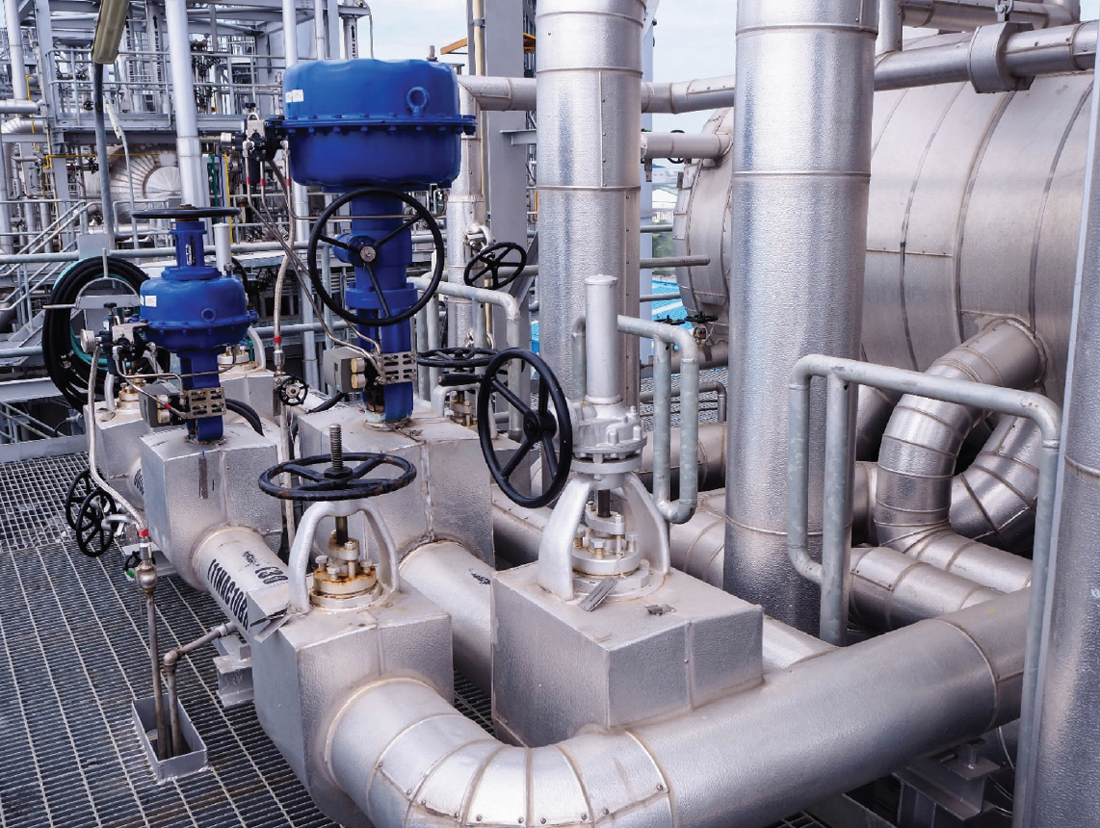Optimizing System Control with High-Performance Control Valves
Wiki Article

Maximize Power Cost Savings and Convenience With Advanced Building Automation Controls
In the world of modern-day style and facility monitoring, the integration of innovative structure automation regulates stands as a crucial improvement. By utilizing the power of automation, structures can adjust, react, and progress in methods that were when unthinkable.Energy Efficiency Benefits
Power performance benefits can dramatically decrease power intake and operational expenses in structures. By implementing energy-efficient methods and technologies, structure proprietors and drivers can achieve significant financial savings while additionally contributing to environmental sustainability. One of the key benefits of improving energy effectiveness in buildings is the decrease of utility bills. Energy-efficient systems, such as advanced structure automation controls, can enhance the use of resources like illumination, home heating, and cooling, resulting in lower energy expenditures in time.Furthermore, enhanced power efficiency can extend the life expectancy of structure devices and systems. By running extra successfully, HVAC systems, lighting fixtures, and various other building elements experience less damage, causing minimized maintenance and substitute prices. In addition, energy-efficient structures typically regulate higher building worths and rental prices, offering long-term financial benefits to proprietors.
In addition, power efficiency can boost resident convenience and performance. Properly controlled interior environments with optimum illumination and thermal problems produce an even more conducive and enjoyable office, resulting in boosted worker fulfillment and efficiency. Generally, the power efficiency advantages connected with innovative building automation controls are multifaceted, incorporating expense financial savings, ecological stewardship, and owner health.
Enhanced Convenience Control
Enhancing comfort control in structure settings needs a sophisticated integration of advanced automation systems for optimum passenger wellness. By making use of advanced building automation controls, centers can tailor the interior environment to satisfy the details requirements and choices of passengers. control valves.By integrating these innovative controls, structures can not only boost convenience but also enhance energy performance by enhancing system operations based on actual occupancy and use patterns. Ultimately, prioritizing owner comfort with innovative automation systems leads to a much more pleasurable and much healthier interior atmosphere.
Functional Performance Improvements

Moreover, the application of real-time surveillance and analytics tools allows building operators to determine energy inefficiencies and functional anomalies quickly. By constantly keeping an eye on power usage patterns and system performance metrics, adjustments can be made in real-time to enhance energy consumption and make sure peak operational performance. control valves. Furthermore, incorporating demand reaction techniques into structure automation controls can further boost operational efficiency by dynamically changing power usage based on grid problems and prices signals
Indoor Climate Optimization
Effective interior climate optimization is a fundamental aspect of building automation controls, making certain occupants' convenience and well-being while taking full advantage of power cost savings. By utilizing advanced sensors and controls, building automation systems can continuously adjust and keep an eye on temperature level, moisture degrees, air quality, and air flow to create an optimal indoor setting. Maintaining here comfy and consistent problems not just improves owner satisfaction however additionally boosts productivity and overall well-being.Interior environment optimization additionally plays an important duty in energy performance. By fine-tuning cooling, home heating, and air flow systems based upon real-time information and occupancy patterns, developing automation controls can considerably minimize energy consumption - control valves. For example, executing strategies such as demand-controlled ventilation and thermal zoning can help decrease power waste while making sure that each area of the building obtains the required conditioning.

Sustainable Atmosphere Development
Structure automation manages not only maximize interior environment problems for power performance and resident convenience but likewise lay the structure for creating a lasting atmosphere with critical management of systems and sources. By integrating innovative building automation innovations, such as sensors, actuators, and intelligent software application, centers can readjust and keep track of energy usage in real-time to additional resources minimize waste and decrease their carbon footprint. These systems enable predictive upkeep, determining prospective issues prior to they intensify and maximizing equipment efficiency to boost longevity and efficiency.Furthermore, sustainable environment production expands past energy administration to include water preservation, waste decrease, and indoor air quality improvement. Building automation controls can manage water usage, find leaks, and make sure proper garbage disposal techniques, adding to overall sustainability efforts. Furthermore, by controlling and keeping an eye on ventilation and purification systems, these modern technologies boost owner health and wellness and performance while reducing energy intake connected with cooling and heating operations.
Final Thought
Finally, advanced building automation manages deal considerable advantages in terms of energy financial savings, comfort control, operational performance, indoor environment optimization, and creating a sustainable atmosphere. By implementing these controls, buildings can accomplish optimal efficiency while decreasing power usage and improving resident comfort. It is apparent that making Continued use of advanced automation modern technology is essential in enhancing building performance and creating a more lasting future.Power performance advantages can considerably decrease power usage and functional expenses in structures. Generally, the power performance advantages connected with advanced building automation controls are diverse, encompassing expense savings, environmental stewardship, and occupant health.
Additionally, including demand feedback methods into structure automation controls can better improve operational performance by dynamically changing power use based on grid problems and rates signals.
Structure automation regulates not only enhance interior climate problems for energy effectiveness and resident convenience but likewise lay the foundation for creating a lasting environment through tactical management of systems and sources.In final thought, advanced structure automation regulates deal considerable benefits in terms of power savings, convenience control, functional performance, indoor climate optimization, and producing a sustainable environment.
Report this wiki page